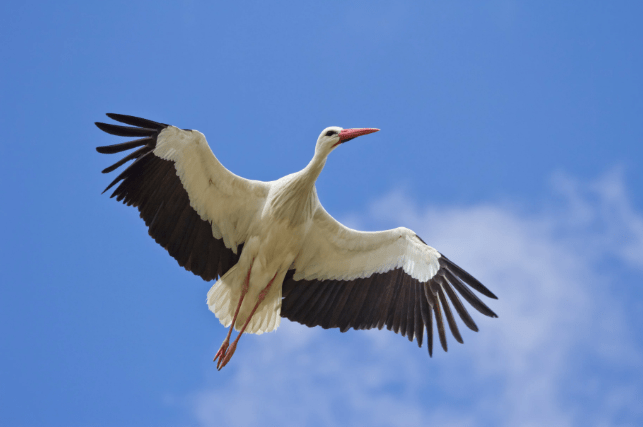Londoners are being invited to share their views on a bold rewilding proposal that could see white storks – birds once common across the country – soaring above the capital once again.
The striking, metre-tall birds vanished from British skies in the 15th century, their decline fuelled by relentless hunting and the destruction of nesting habitats. But now, after a remarkable revival in southern England, experts believe these iconic creatures could once more call London home.
Following the success of a pioneering reintroduction project launched in Sussex in 2016, white stork numbers have slowly crept upwards. Injured and rehabilitated storks released at Knepp and Wadhurst Park have sparked new breeding activity, with the first successful nest recorded in 2020.
Between 2016 and 2023, an impressive 472 white stork sightings were reported across Greater London — a dramatic rise from the mere 27 sightings in the previous four decades. Conservationists see this as a powerful signal.
“We realised in recent years we’ve seen an explosion in white stork recordings across Greater London,” said Elliot Newton, co-founder and director of rewilding at Citizen Zoo.
Citizen Zoo, the organisation behind several high-profile urban rewilding efforts, is now leading the charge to explore whether London could become a welcoming haven for white storks. The plan involves mapping potential habitats, consulting local councils, and gauging public sentiment through an open survey.
“What we want to see is how can we make London a more white stork-friendly environment, and embrace it for its ability to inspire people about the nature we can and should have close to where we live,” Newton added.
This isn’t the group’s first rodeo. Their previous projects include the successful return of beavers to Ealing, the reintroduction of water voles to Surrey, and wetland restoration efforts across the capital – all designed to help reconnect city residents with nature and improve urban resilience to climate change.
Once a familiar figure on rooftops and chimneys, the white stork may be poised to reclaim its place in the skies above London, offering a striking symbol of urban rewilding success.
White storks once bred prolifically across Britain, nesting on buildings, trees and church spires until they were driven out in the 1400s. Their absence has been long and noticeable – but that might soon change.
These birds are well-adapted to city life in other parts of Europe, thriving atop pylons and chimneys. Their huge, untidy nests are more than just homes – they become mini-ecosystems, offering shelter and sustenance to smaller species like insects and birds.
And there’s something else. White storks have a unique ability to captivate the public imagination.
“These are a really talismanic, iconic species that really do draw and attract attention. You look up into the skies and see a white stork; it’s quite obvious,” Newton said.
The public consultation, led by the University of Brighton’s Rachel White, follows a similar national survey she conducted as part of the Sussex white stork initiative. It’s being rolled out in two phases and aims to determine both the feasibility and the community support for stork reintroduction in London.
And there’s always the chance nature could take matters into its own hands.
Mr Newton noted, “Nature has a fantastic tendency to surprise us,” hinting at the real possibility that white storks could re-establish themselves in the city without human intervention.
Residents can take part in the survey and share their thoughts by visiting: Thoughts on London Storks – Take the Survey
With growing public interest and an ever-more hospitable urban environment, the white stork’s return could be closer than ever.






